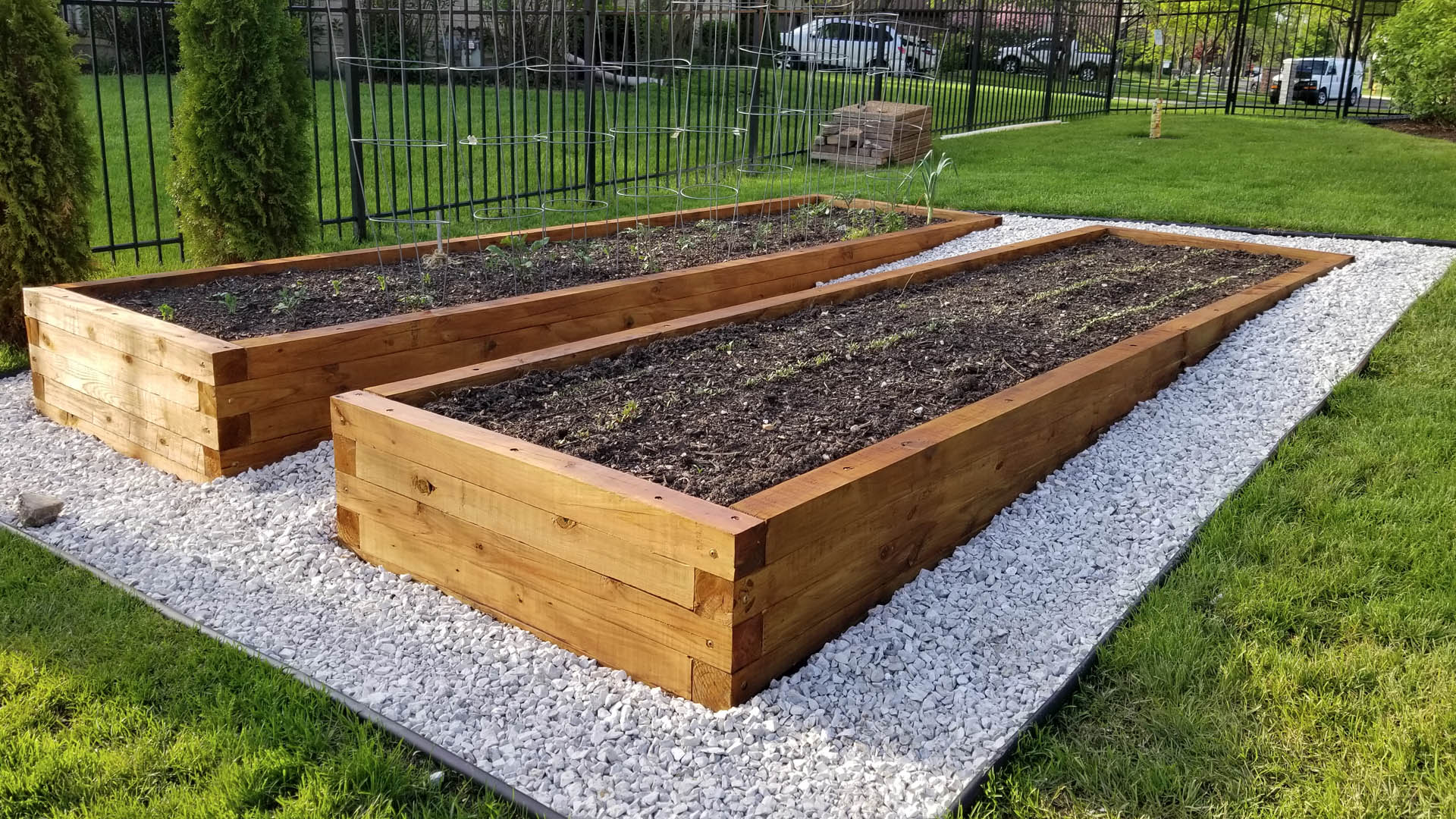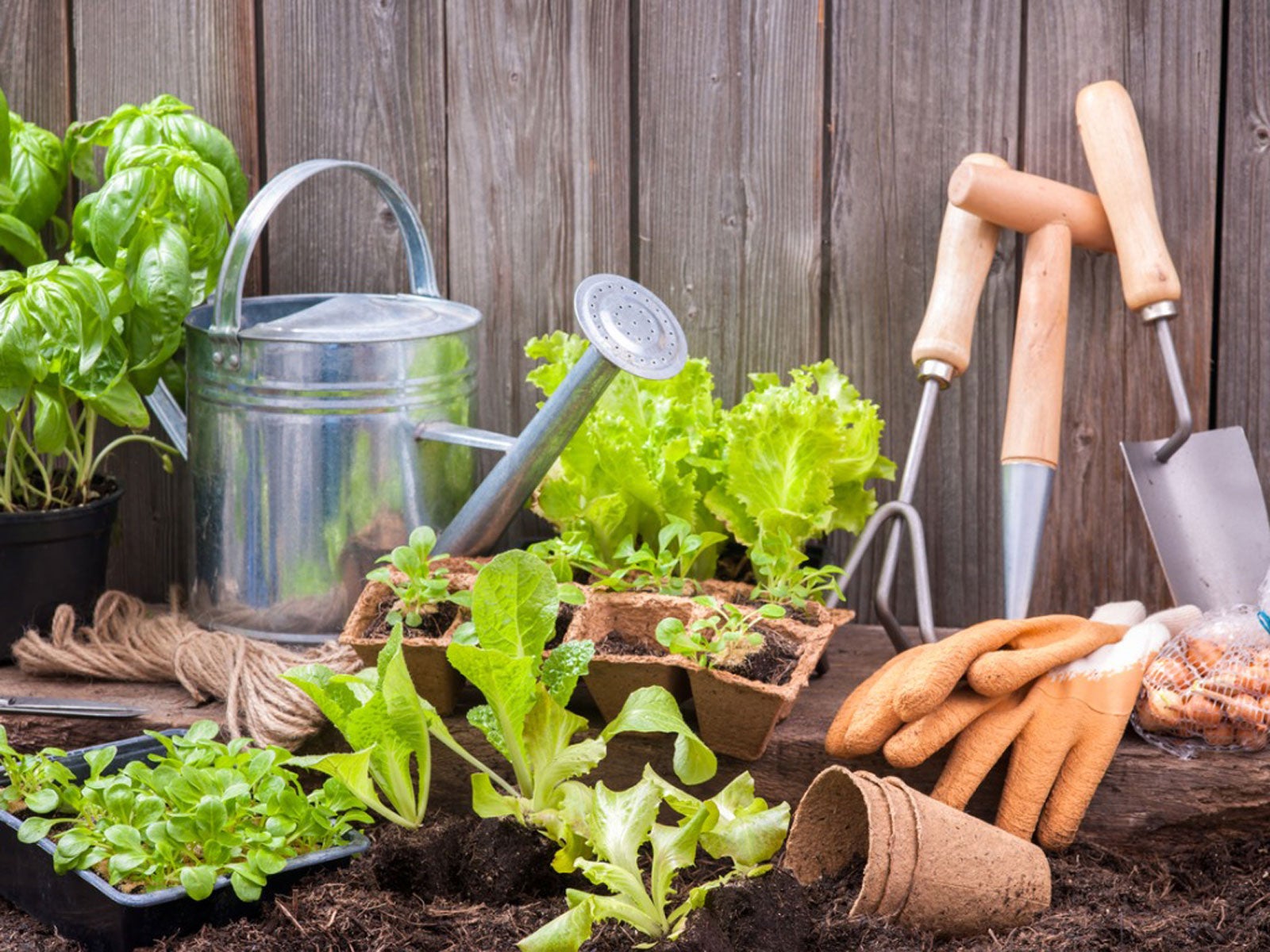How to Start a Raised Bed Garden from Scratch

Embarking on a raised bed garden is like starting a new chapter in a book—it’s exciting, full of potential, and a bit daunting. But fear not! With the right tools, knowledge, and a dash of enthusiasm, you can transform your backyard into a thriving oasis of fresh produce and vibrant blooms. Let’s dive into the world of raised bed gardening and explore how to start from scratch.
Understanding Raised Bed Gardening
Raised bed gardening is a method where you grow plants in elevated beds filled with high-quality soil. This technique offers numerous benefits, including better drainage, easier soil control, and reduced pest and weed issues. It’s perfect for beginner gardening, as it simplifies many of the challenges associated with traditional gardening.
Planning Your Raised Bed Garden
Location, Location, Location
Choosing the right spot for your raised bed garden is crucial. Look for an area that gets at least 6-8 hours of sunlight daily. Avoid low-lying areas that might become waterlogged. Also, consider proximity to a water source to make irrigation easier.
Size and Shape
The size and shape of your raised beds depend on your space and preferences. A common size is 4 feet by 8 feet, which allows easy access to all parts of the bed without stepping on the soil. The depth can vary, but 12-18 inches is ideal for most plants.
Building Your DIY Garden Bed
Materials
You can use various materials to build your raised beds, such as wood, concrete blocks, or even recycled materials. Wood is a popular choice due to its affordability and ease of use. Opt for untreated, rot-resistant woods like cedar or redwood.
Construction
- Measure and Cut: Measure and cut your wood to the desired dimensions.
- Assemble: Use screws or nails to assemble the sides. Ensure the corners are secure.
- Place: Position the bed in your chosen location and level it if necessary.

Soil Preparation
Choosing the Right Soil
The soil is the foundation of your garden. For raised beds, a mix of topsoil, compost, and potting soil works well. This combination provides good drainage and nutrients for your plants.
Filling the Bed
Fill your raised bed with the soil mix, ensuring it’s evenly distributed. Avoid compacting the soil too much, as this can hinder root growth.
Planting Your Garden
Selecting Plants
Choose plants that suit your climate and the amount of sunlight your garden receives. Vegetables, herbs, and flowers can all thrive in raised beds. Consider companion planting to maximize space and benefit your plants.
Planting Techniques
- Spacing: Follow the spacing recommendations on seed packets or plant labels.
- Depth: Plant seeds or seedlings at the recommended depth.
- Watering: Water your plants immediately after planting to help settle the soil.
Maintaining Your Raised Bed Garden
Watering
Consistent watering is key. Use a soaker hose or drip irrigation system to ensure even water distribution. Water deeply but less frequently to encourage deep root growth.
Weeding and Mulching
Regularly remove weeds to prevent them from competing with your plants for nutrients and water. Apply a layer of mulch to help retain moisture and suppress weeds.
Fertilizing
Use organic fertilizers or compost to keep your soil nutrient-rich. Regularly test your soil to ensure it has the right balance of nutrients.

Conclusion
Starting a raised bed garden from scratch is a rewarding journey. From planning and building your beds to preparing the soil and planting your first seeds, each step brings you closer to a bountiful harvest. Remember, gardening is a learning process. Embrace the challenges and celebrate the successes. Happy gardening!
FAQs
What is the best material for raised garden beds?
- Untreated, rot-resistant woods like cedar or redwood are excellent choices. Other options include concrete blocks and recycled materials.
How deep should a raised bed be?
- A depth of 12-18 inches is ideal for most plants, providing ample room for root growth and good drainage.
What is the best soil mix for raised beds?
- A mix of topsoil, compost, and potting soil provides good drainage and nutrients for your plants.
How often should I water my raised bed garden?
- Water deeply but less frequently to encourage deep root growth. The frequency depends on your climate and the types of plants you’re growing.
Can I grow vegetables in a raised bed?
- Yes, raised beds are excellent for growing vegetables. They provide good drainage, easier soil control, and reduced pest and weed issues.
0 Response to "How to Start a Raised Bed Garden from Scratch"
Post a Comment